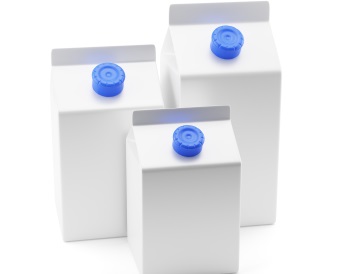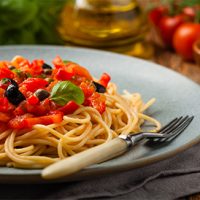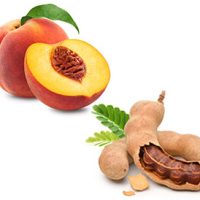The Natural & Organics Show (NOPEX) will be taking centre stage once more at…

Boost Sales with Package Sizes
The design of food and beverage packaging plays a huge part in the reception it is likely to receive from consumers. There are many ways in which food packaging can be altered in order to boost sales – much of which is discovered through a trial and error process. However, by drawing on research carried out by others, you can create packaging that is able to target the right people with the right tools.
Variety Matters
One of the most crucial points about the size of packaging sizes is variety. Recent research shows that more of us are living alone than ever before, as the number of one-person households increased by 16% between 1996 and 2015. This means that more people than ever are cooking only for themselves, therefore, require varying packaging sizes when purchasing food. By providing a number of sizes, you are able to target a greater range of consumers.

The Psychology of Large Sizes
There are benefits to both large and small packaging, so it is important to identify your target market in order to identify the size that will sell best. Large packaging, for example, should target those who wish to bulk buy. The market most likely to bulk buy is those with families. As a general rule, this should target those within the Generation X (those born from early 1960s to late 1970s) and Baby Boomers groupings. These consumers are likely to have families so would rather buy larger sizes that offer convenience and efficiency.
The Psychology of Small Sizes
While large packaging can have many benefits, small packaging has its own merits. Smaller sizes are often associated with being healthier. This may be largely due to the fact that dieting foods are often provided in individual servings in order to control portion size. Therefore, small packaging may be an excellent design choice for products that are aimed at the health and dieting market.
Smaller packaging sizes are also popular with the younger generation, commonly known as Millennials. While many Millennials are choosing to start families later, they are likely to live alone or with a partner so are often making meals on a smaller scale than their parents’ generation. Millennials are more likely to opt for current food trends and modern products, so these items may see greater success in smaller, single-serving packages.
Package Sizes and the Law
As with many elements surrounding the design of food and beverage packaging, there are certain legal requirements. Much of the legislation concerns meeting the claims on the food packaging. For example, if you claim that a packet of crisps weighs 20g on the packaging, the product must be within a specified range of that. While there is some leeway for a ‘tolerable negative error’, the product must not be significantly lighter or smaller than the specified measurement.
Alcoholic beverages such as wine and spirits have size limitations required by law. According to the Amendment of the Weights and Measures Order 1988, wine may only be sold in, or in a multiple of 125ml and 175 ml (by the glass). When sold in bottles or boxes, wine may not exceed 1,500ml and spirits may not exceed 2,000ml.
Ultimately, size can have a huge impact on the way products sell, so this is an incredibly important element to think about when designing packaging. We understand that there are many aspects of achieving successful product packaging, one of which being the presence of any relevant certifications such as kosher accreditation. While we may not be able to aid you in the sizing of your packaging, we can enable you to add kosher certification to your labelling providing that your product meets requirements.
To find out more about how KLBD Kosher can help you, please don’t hesitate to get in touch by calling +44 (0) 20 8343 6255 to speak to a member of our team.




